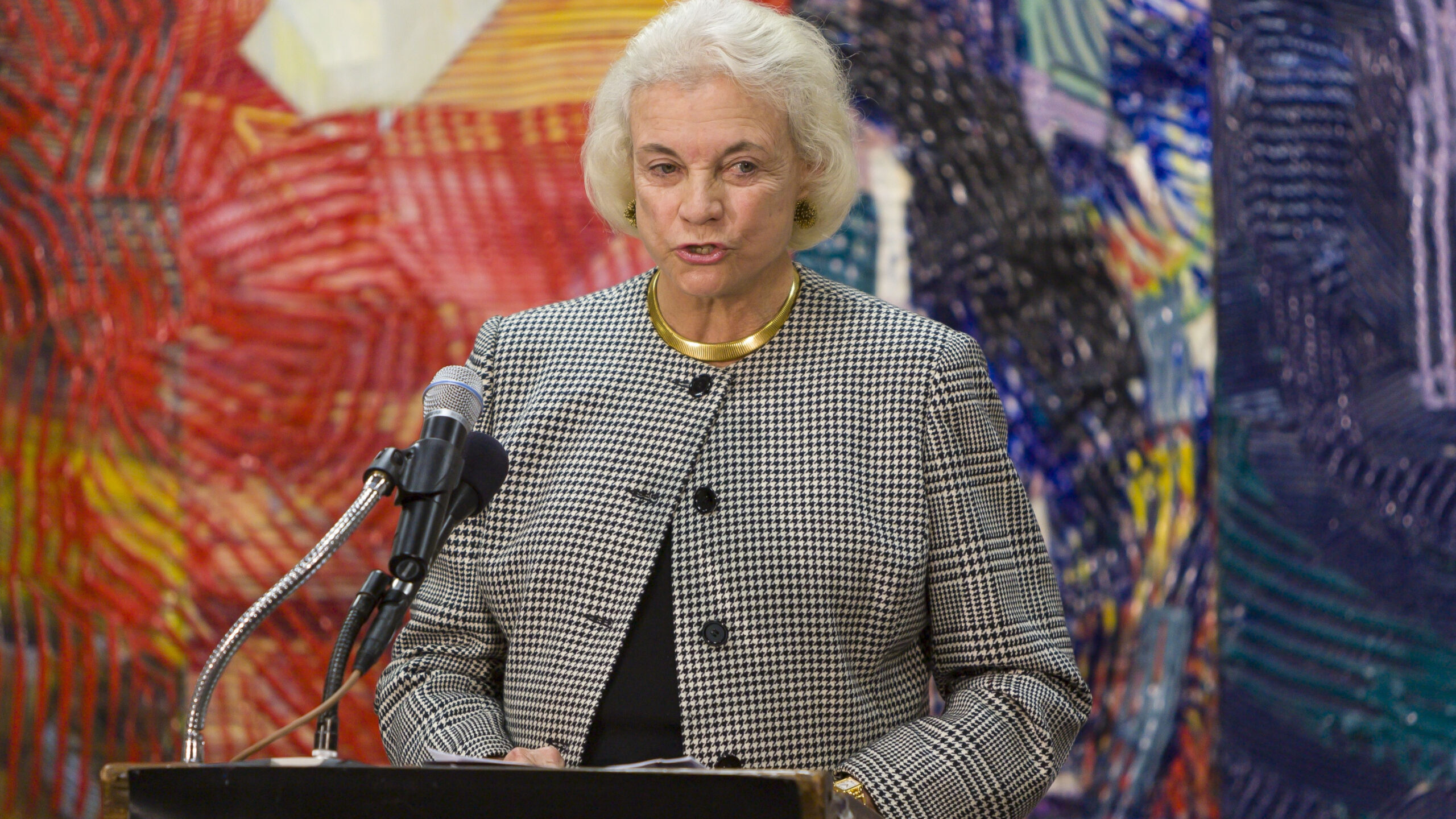Opening Pandora’s Box: Copyright and Antitrust
Are copyright holders allowed to decide without legal constraint to whom they will license their content and on what terms? That is the issue facing Pandora and other new streaming radio firms, for whom music and its associated licensing fees represent the biggest hurdle to commercial success against more established broadcast radio competitors. The answer lies in the sometimes obscure interface between the Copyright Act and antitrust law in the U.S.
In Pandora Media, Inc. v. American Society of Composers, Authors & Publishers, an antitrust case currently pending in federal court in New York, the streaming company is suing ASCAP and some of the major record labels for “withdrawing” their content from the ASCAP joint licensing venture, thus forcing individualized negotiations. It’s a leading-edge dispute, scheduled for trial by year-end, that may help catalyze a new approach to the old question of whether — and if so to what extent — owners of copyrighted digital content are permitted to refuse to deal with competing distribution channels on dramatically different commercial terms.
Most Project DisCo readers likely know about Pandora, a prominent start-up in the Internet radio space — one of the hottest markets around these days, especially given the launch of iTunes Radio by Apple. What is less understood is that streaming music on the ‘Net is fraught with legal issues surrounding copyright, constraints that effectively function as a barrier to the more widespread adoption of such disruptive technologies.
That’s not a lot different from the case of streaming Internet television pioneer Aereo, which as Ali Sternburg points out is caught in legal limbo between different rules (from conflicting judicial decisions) in different regions of the county: and a whopping legal defense bill as well. Copyright in addition plays a key role in the current exemption of traditional over-the-air radio stations from licensing music, an implicit subsidy the recording industry has been lobbying to change for years.
The Pandora-ASCAP fight represents a tricky issue at the intersection of intellectual property (IP) and antitrust. The ASCAP litigation actually dates to 1941, when the government entered into a consent decree settling a complaint that alleged monopolization of performance rights licenses. The settlement, still in place more than 60 years later, requires the organization to license “all of the works in the ASCAP repertory.” A month ago, presiding District Judge Denise Cote (who also issued the decision finding Apple’s e-book pricing deals a violation of the antitrust laws) entered summary judgment for Pandora. She reasoned that the consent decree gave Pandora the legal right to a blanket license
even though certain music publishers beginning in January 2013 have purported to withdraw from ASCAP the right to license their compositions to “New Media” services such as Pandora. Because the language of the consent decree unambiguously requires ASCAP to provide Pandora with a license to perform all of the works in its repertory, and because ASCAP retains the works of “withdrawing” publishers in its repertory even if it purports to lack the right to license them to a subclass of New Media entities, [Pandora must prevail].
Like the Associated Press, ASCAP is better known in competition circles for the concept that some cooperative joint ventures among competitors necessarily require collective action to realize distribution efficiencies and minimize transaction costs. Yet that permissive “rule of reason” approach to what might otherwise be considered horizontal collusion is tempered by the realization of the courts that when they include nearly everyone in a market, content organizations can become competitively essential. As a very different 1945 Supreme Court observed:
Inability to buy news from the largest news agency, or any one of its multitude of members, can have most serious effects on the publication of competitive newspapers, both those presently published and those which, but for these restrictions, might be published in the future.
Antitrust law has undergone a sea-change in the past six decades. Refusals-to-deal are in the vortex of a heated debate between adherents of the conservative Chicago School (like the late Robert Bork and Chicago federal judge Richard Posner, among others) and more liberal advocates of aggressive government intervention. While 20 years ago a less polarized Supreme Court declared that a “group boycott” (i.e., concerted refusal to deal) would be considered per se illegal only if the members held market power or controlled “access to an essential facility,” today’s Court has opined that unilateral refusals to deal by monopolists are rarely anticompetitive and has trashed, all but overruling, the once-strong essential facilities doctrine.
So where does that leave copyright and antitrust? In a quandary, it appears, because the relationship between IP and antitrust is inherently one of tension. As one appellate court described, that interplay has created “a field of dissonance yet to be harmonized by statute or by the Supreme Court.” IP law grants holders a legal right to exclude — patents entirely, copyright as to creative works but not the underlying information. It is essentially a transitory monopoly over the IP-protected content (although not standing alone a monopoly for antitrust purposes). When an IP holder exercises that right to exclude, is it necessarily immune from antitrust liability? Some would argue as a matter of policy yes, but Congress has not seen fit to include any immunity in our IP statutes. Indeed, the decision last June in FTC v. Actavis (where the Court held that a so-called “pay for delay” settlement of a pharma patent infringement suit could violate the Sherman Act even where the patentee was acting “within the scope,” and 17-year duration, of an issued patent) portends a potentially seminal re-interpretation of antitrust.
In its 1945 antitrust case, AP argued that there were other sources of news for non-member papers to use. Yet the Court rejected the idea that “indispensability” could be a dispositive factor in antitrust. “The proposed ‘indispensability’ test would fly in the face of the language of the Sherman Act and all of our previous interpretations of it.” We’re close to the opposite situation today, where the products of a monopolist or highly concentrated industry can be indispensable as a competitive matter but unobtainable as a legal matter. Perhaps Actavis represents an inflection point, after which courts will more closely scrutinize claims of IP rights holders to refuse to license their products, to impose excessively high license fees as a barrier to competition, or to use the litigation process to pummel competitors and customers into submission. For instance, the landmark Federal Circuit decision in CSU v. Xerox relied on the same scope of the patent standard rejected in Actavis to immunize a patent holder’s unilateral refusal to license; that holding is open to question today.
So the larger question raised by Pandora’s victory is whether that same reasoning would prevail in a pure antitrust lawsuit, rather than one enforcing a lawful and still binding consent decree. Without further boring readers with legal doctrine, recall that antitrust settlements can and often do extend beyond practices otherwise illegal to enjoin or restrict conduct that contributed to the violation. So a consent decree is inherently broader than the antitrust laws themselves. (The ASCAP decree provision allowing the court to determine a reasonable license rate in the event of a dispute is the perfect example; even in price-fixing cases, antitrust law traditionally leaves setting the “right” price to the marketplace, not federal judges.) Thus the opinion of Judge Cote has little direct relevance to the larger issue of how copyright law and antitrust should interrelate, at least in the absence of of an industry-wide licensing venture.
Copyright lawsuits do not typically present antitrust questions, although collective trade group licensing practices do raise legitimate Section 1 issues of unlawful collusion. For instance, last summer a Minnesota federal court ruled that antitrust counterclaims against a real estate multiple listing service were valid as a legal matter where the accused infringer alleged that the MSL members engaged in “sham copyright claims to real estate listing data” and “employ[ed] those sham copyright claims to intimidate businesses … that seek to compete with and challenge their existing business model.”
That’s hardly a novel antitrust decision, as it adheres to existing precedent on the knowing assertion of invalid IP as a basis for antitrust liability. More forward-looking, the Federal Trade Commission last summer launched a formal inquiry into the competitive impact of patent assertion entities (PAEs), commonly known as trolls, that bring patent infringement cases but produce no goods or services themselves. It is premature to speculate whether the FTC will conclude that a unilateral refusal to license a patent can be a Sherman Act monopolization offense, or if the lack of mutual assured destruction in PAE-initiated infringement lawsuits merits enlarging the very narrow scope of antitrust scrutiny typically accorded to litigation.
When eventually issued, the FTC’s patent report will undoubtedly be influential. Given the increasingly central role of digital content to the Internet ecosystem — and, as I’ve observed before, tremendous uncertainty over the application of copyright to user-generated content and social media — we all could benefit from an equally close look at the interface between copyright and antitrust. Pandora is likely just the tip of the iceberg.









